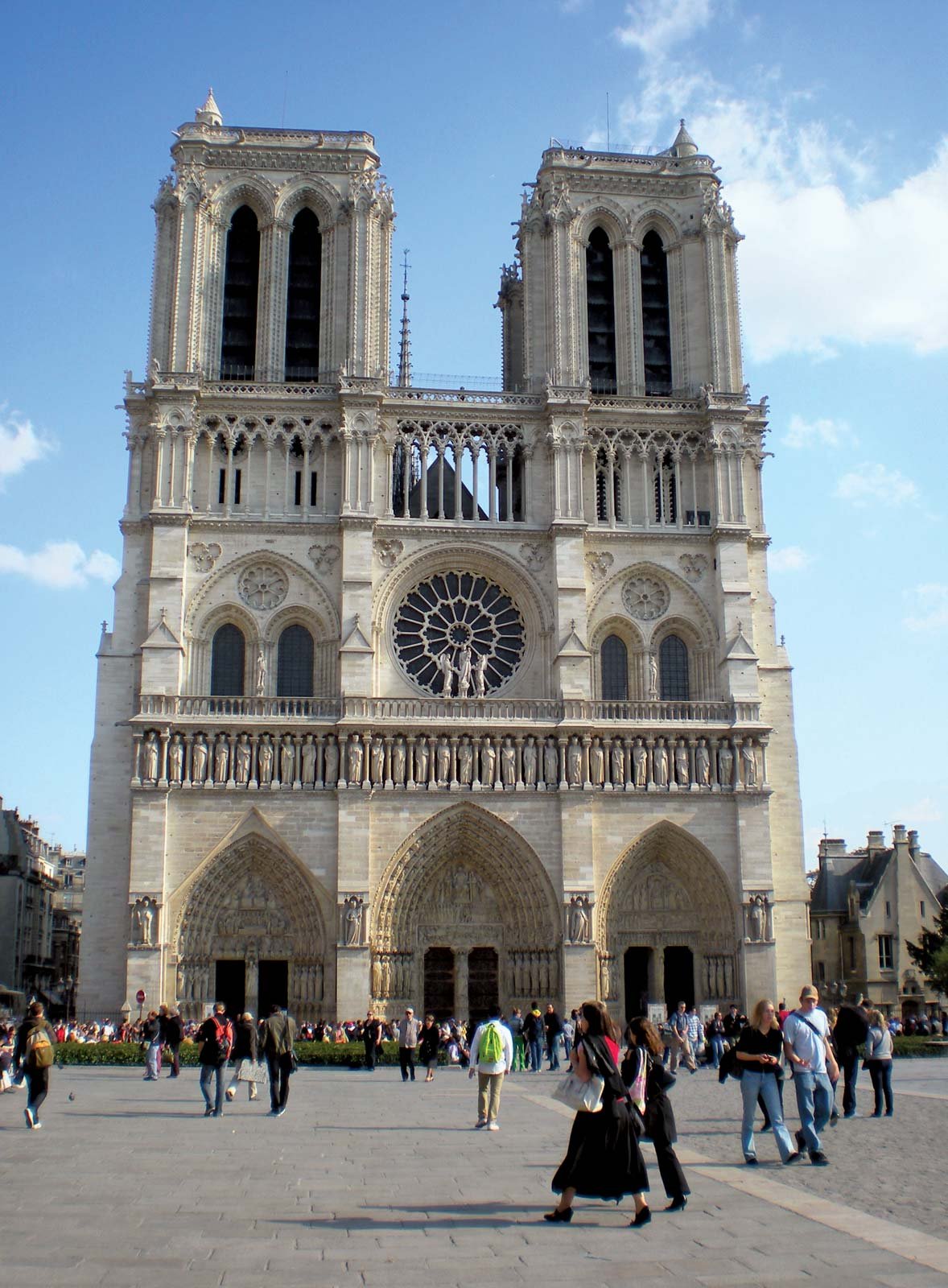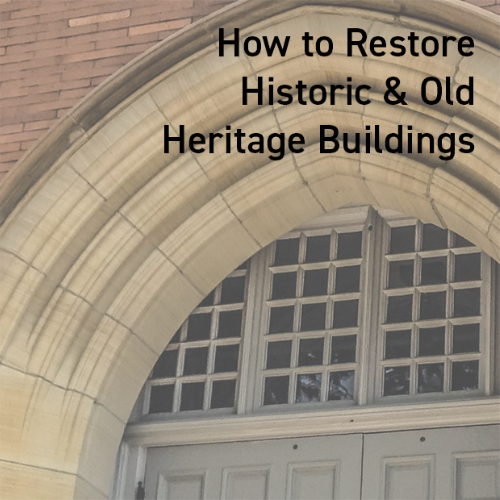Gothic Architecture 101
Explore the history of Gothic Architecture
Table of Contents
When Did Gothic Architecture Begin?
What Influenced Gothic Architecture?
5 Key Gothic Architecture Features
Popular Examples of Gothic Style Architecture
When Did Gothic Architecture Begin?
Gothic style architecture is a unique style often described as ornate or decorated. This style emerged in Europe during the 1100s to the 1500s (The Middle Ages). During this period, the world saw multiple industry advances including engineering. This allowed architects to build taller, more exaggerated buildings. Oftentimes, this style was used when constructing cathedrals.
What Influenced Gothic Architecture?
Gothic architecture’s predecessor was Romanesque architecture, a style developed during medieval Europe. This style was known for its arches, vaulted ceilings, and stained glass windows. As a result, Gothic architecture maintained many of the same characteristics including the arch.
5 Key Gothic Architecture Features
There are a few main elements that define Gothic architecture buildings. Some of these styles (as mentioned) encompass Romanesque’s influences.
1) Spires
Spires are used to inspire and create the illusion of loftiness. Often seen on religious buildings, spires replaced the need for a steeple while also giving the feeling of lightness and airiness.
2) The Pointed Arch
This is a decorative feature used to distribute the weight and force of cumbersome ceilings and enhance the aesthetic.
3) The Flying Buttress
The flying buttress serves functional and decorative purposes as it is used to connect the roof and increase the stiffness of the building. These carry the vault and allow walls to be free, thin, and stained glass. They also gave the sense of sweeping and fluid movement.
4) The Oculus
There are 2 main window designs that emerged from the Gothic era. One is the stained glass window. The other is the oculus, a circle-like design with intricate patterns within made from stone mullion and bars. Unlike other styles, Gothic architecture buildings sought to prioritize light and airy designs.
5) Gargoyles
As we approach October 31st, it’s safe to say that one of the eeriest aspects of Gothic style architecture is the use of Gargoyles. Gargoyles in architecture started during the 1200s in France. Their original and main purpose was to allow runoff water to move off the roof and through the Gargoyle’s body. Their secondary purpose was to scare the townspeople into going to church as they often represented Satan.
Popular Examples of Gothic Style Architecture
Here are 3 popular examples of gothic-style historic architecture buildings.
Notre Dame Cathedral
One of the most notable examples of Gothic architecture is the Notre Dame Cathedral. The Notre Dame Cathedral was built in the early thirteenth century in the French city of Reims. For news on the reconstruction of the cathedral after the fire visit, the Friends of Notre Dame de Paris
Westminster Abbey
Westminster Abbey is a large Gothic cathedral located in Westminster, London. It first opened in 1090.
Cathedral of Santa Maria del Fiore
The Florence Cathedral, (formally the Cathedral of Santa Maria del Fiore) was completed in the 1400s in Florence, Italy. Its design began in the late 1200s. Its design helped to shape future design during the Italian Renaissance.
Source: Encyclopædia Britannica, Inc.
Source: Σπάρτακος (changes by Rabanus Flavus) - File:Westminster-Abbey.JPG
Source: Opera di Santa Maria Del Fiore






